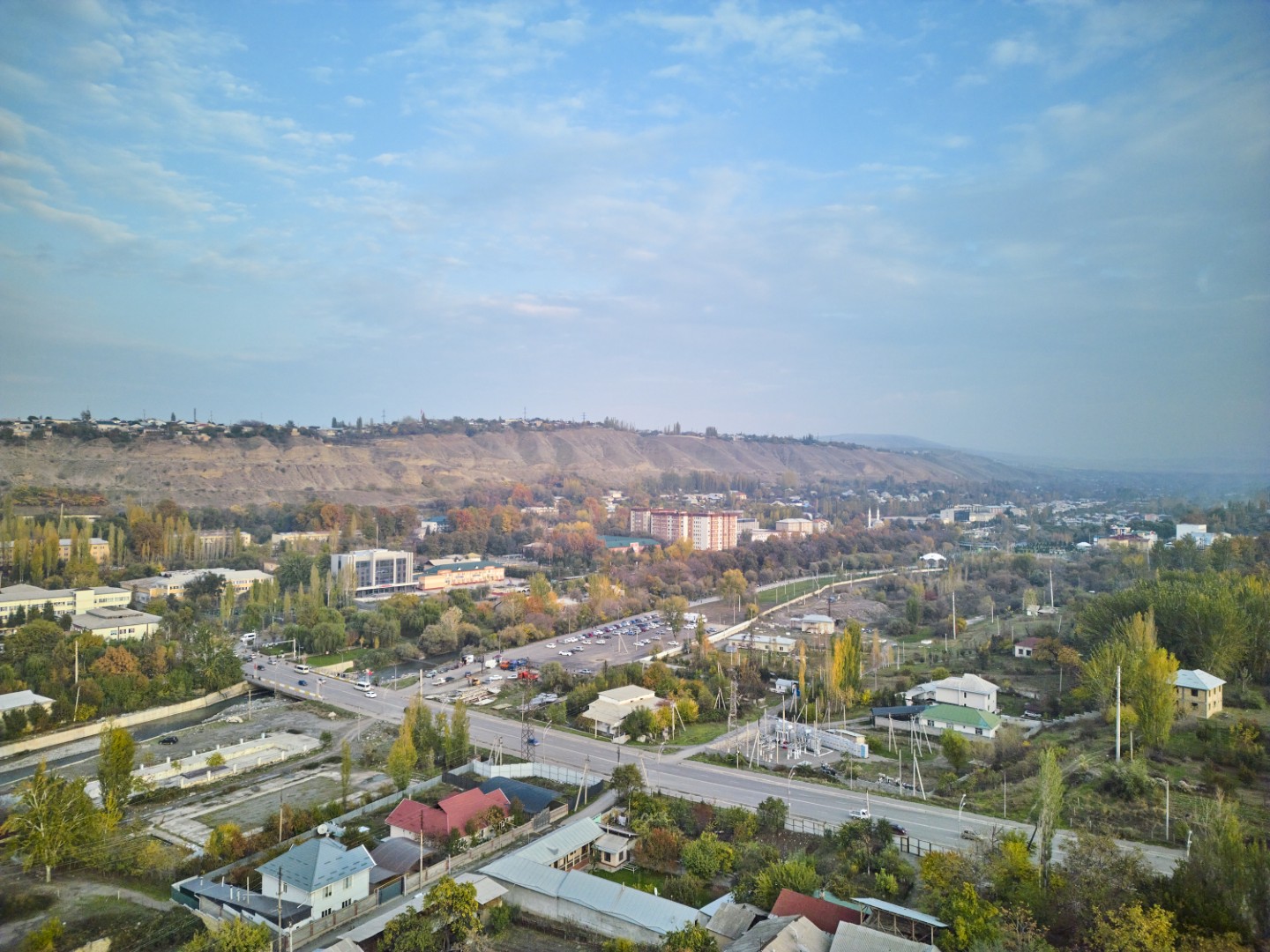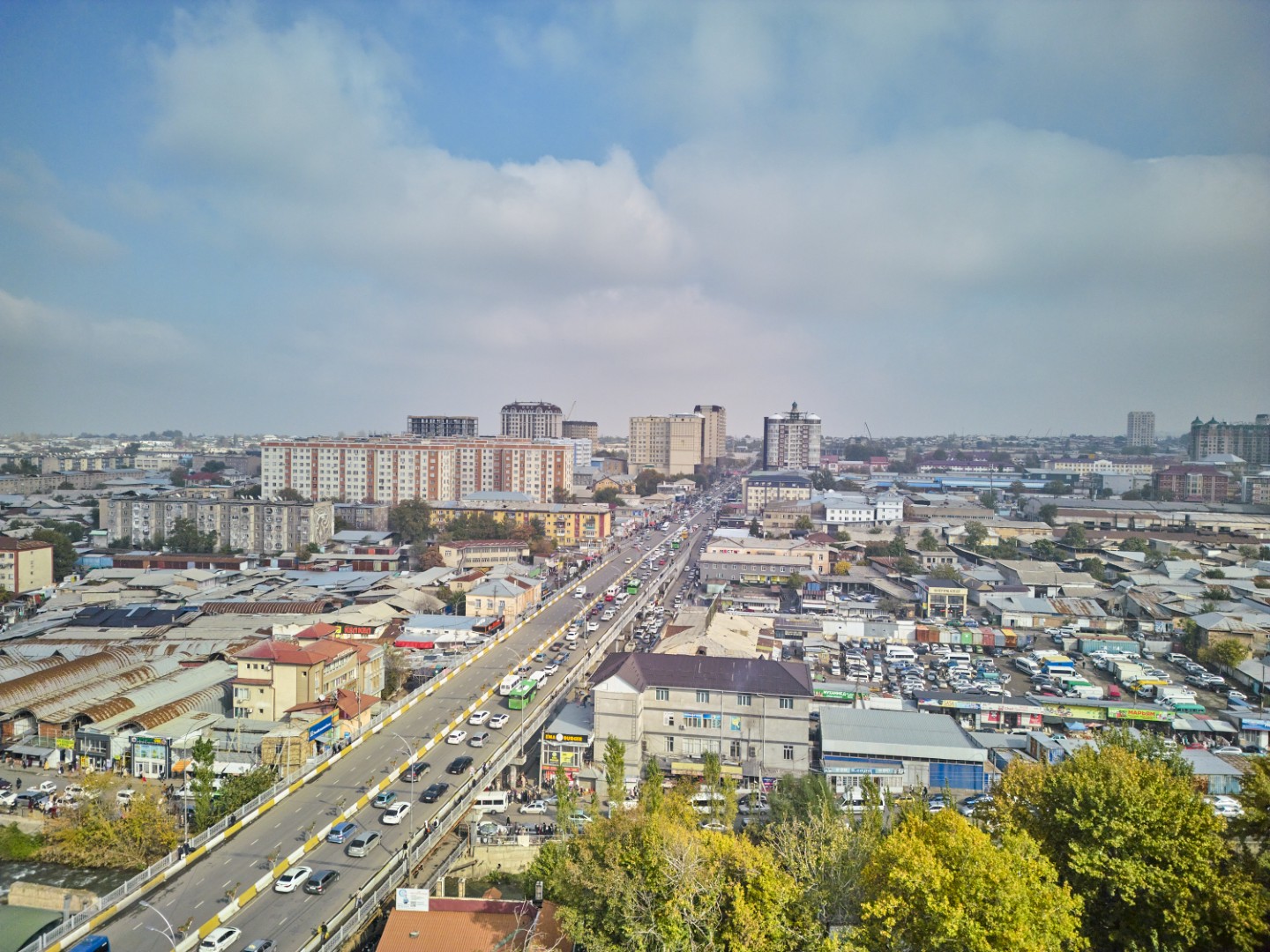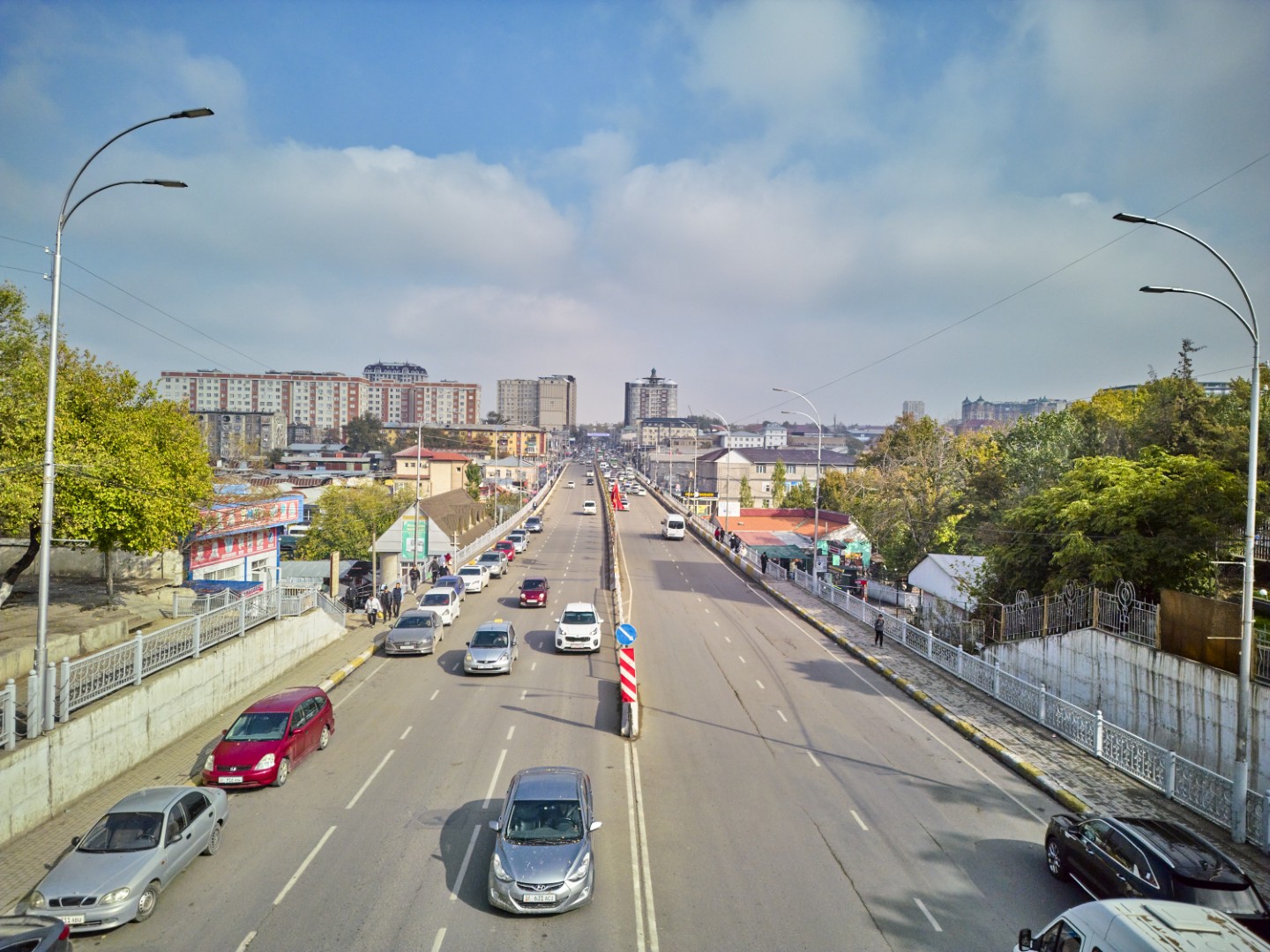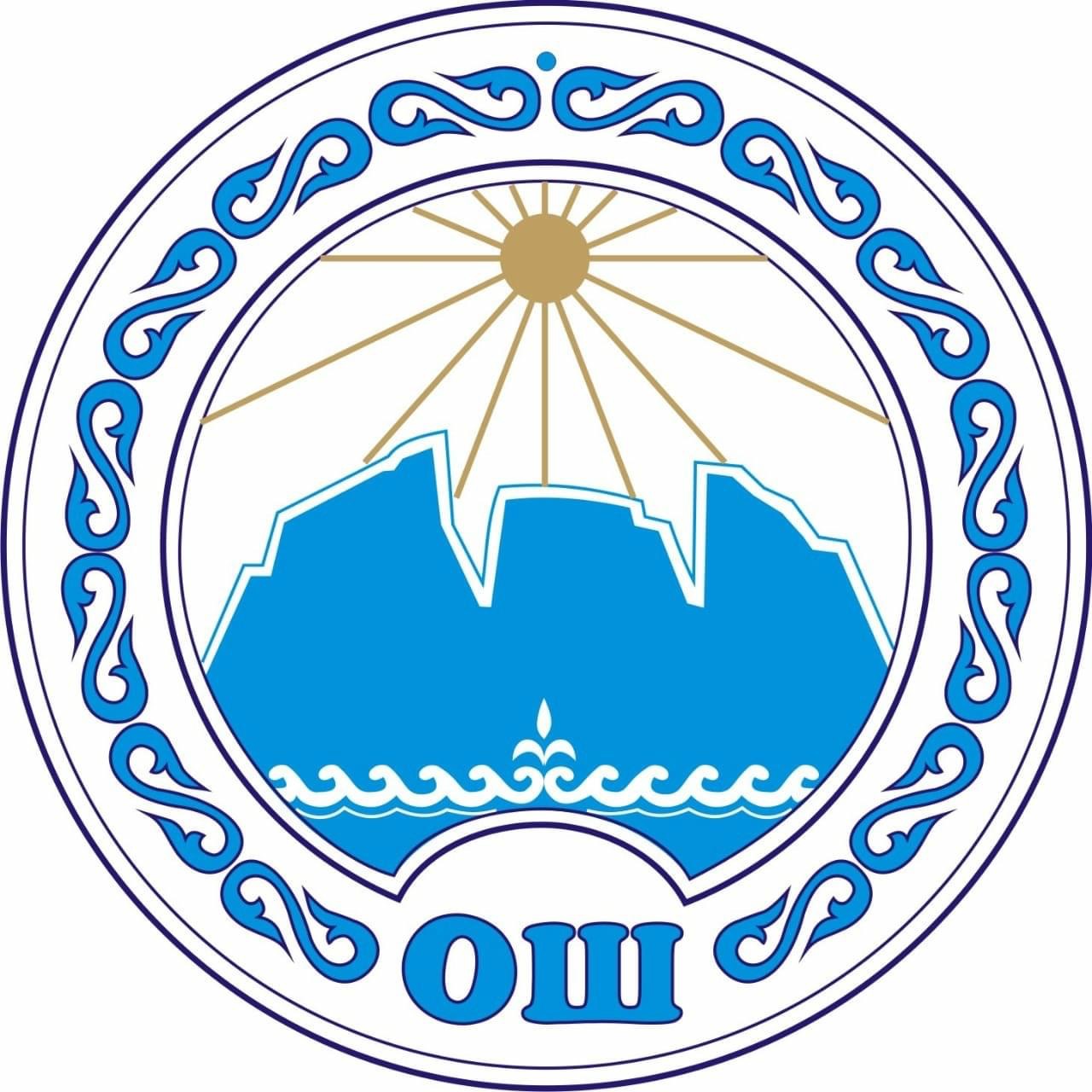
Bridges and Ak-Buura
Osh is a city of countless small bridges. Walking around the city, we often do not notice that we are crossing them, and that below us are numerous canals. Most of the bridges are located on the Ak-Buura River. It flows through the center of Osh, dividing the city into right and left banks. At the beginning of the 20th century before the modern bridges were built, Osh was split into halves by the wide expanse of water.
The most famous bridge is the new Dostuk trestle bridge on Navoy Street, closely adjoining the old bazaar. The trestle bridge was built in 2015 and is the largest bridge in Osh. Previously, there was a bridge in the area of the old bus station, under which ran the first underground pedestrian crossing in Kyrgyzstan.
Another large bridge is located on Rysbai Abdykadyrov Street and is called the “new bridge,” although it was built in the 1980s. Until 2015, it was the largest two-way bridge. It has long been a favorite location for filming wedding processions.
Two more large bridges connecting the right and left banks of the Ak-Buura are located on Kara-Suu street in the area of the old bazaar, and on Golubev street. They were built in the 1960s.
Bridges play an important role in connecting urban micro-districts and residential quarters, because the Ak-Buura River is quite full-flowing and wide. It originates in the northern slopes of the Alai Range, where, at its source, it is called Kichi-Alai. Among its largest tributaries are Zhyptyk-Suu, Chugam, Chal-Kuiruk, Kaiyndy, Taldy-Bulak and Kyrk-Kochu. The main source of the river is snowmelt and glacial runoff. The Ak-Buura flows a distance of 148 kilometres, with a total water catchment area of 253 cubic meters. It is itself a tributary of the Kara-Darya River.
The Ak-Buura belongs to the Tien Shan type of river, with high water levels from April through September. The city of Osh and the villages of Papan and Toloikon are located along its course.

Other Experiences
-

Bridges and Ak-Buura
Osh is a city of countless small bridges. Walking around the city, we often do not notice that we are crossing them, and that below…
-
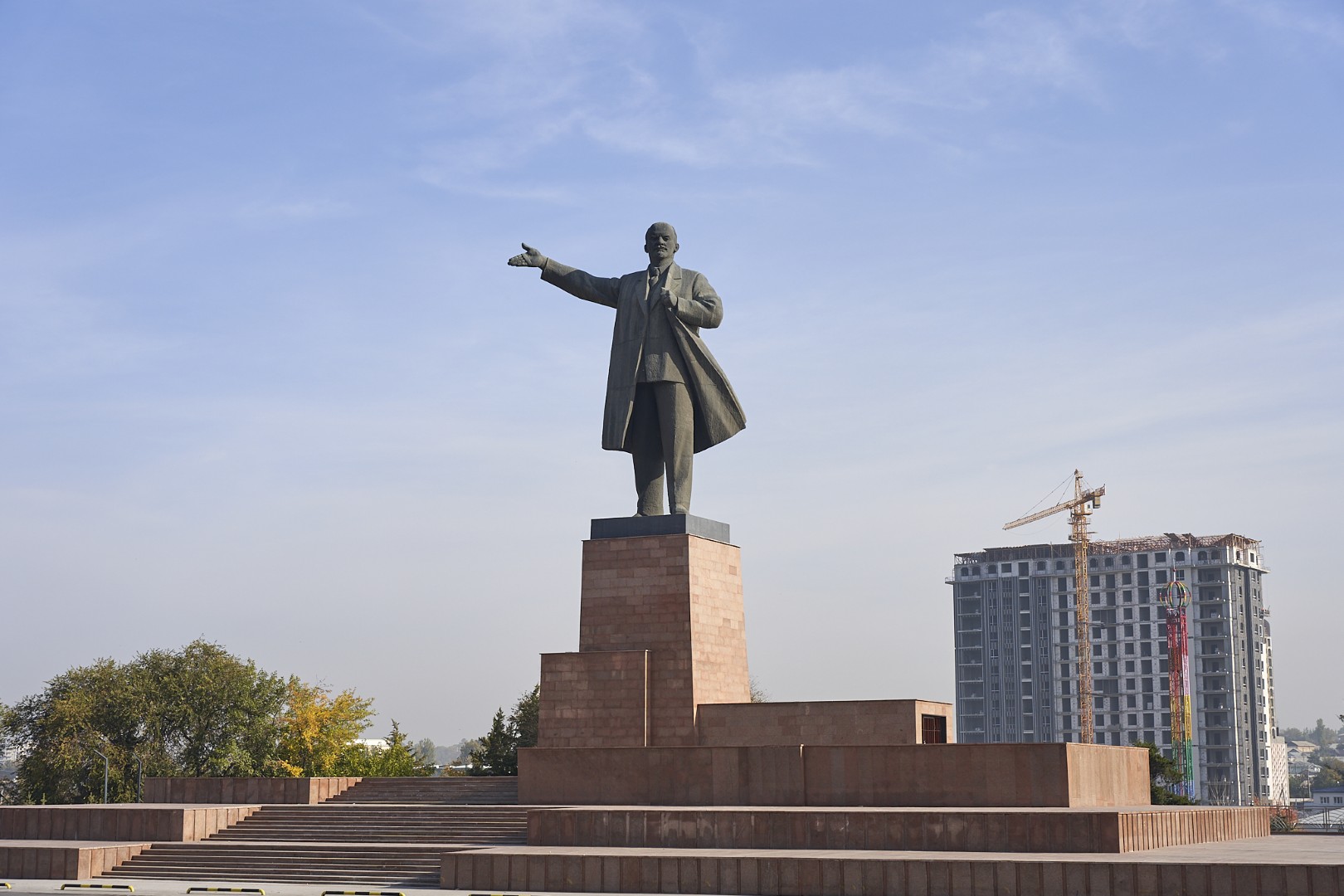
Monuments as symbols of changing eras
An imposing monument to Communist leader Vladimir Lenin, erected in May 1985, still stands in Osh’s central square. The statue itself is 11 metres high…
-
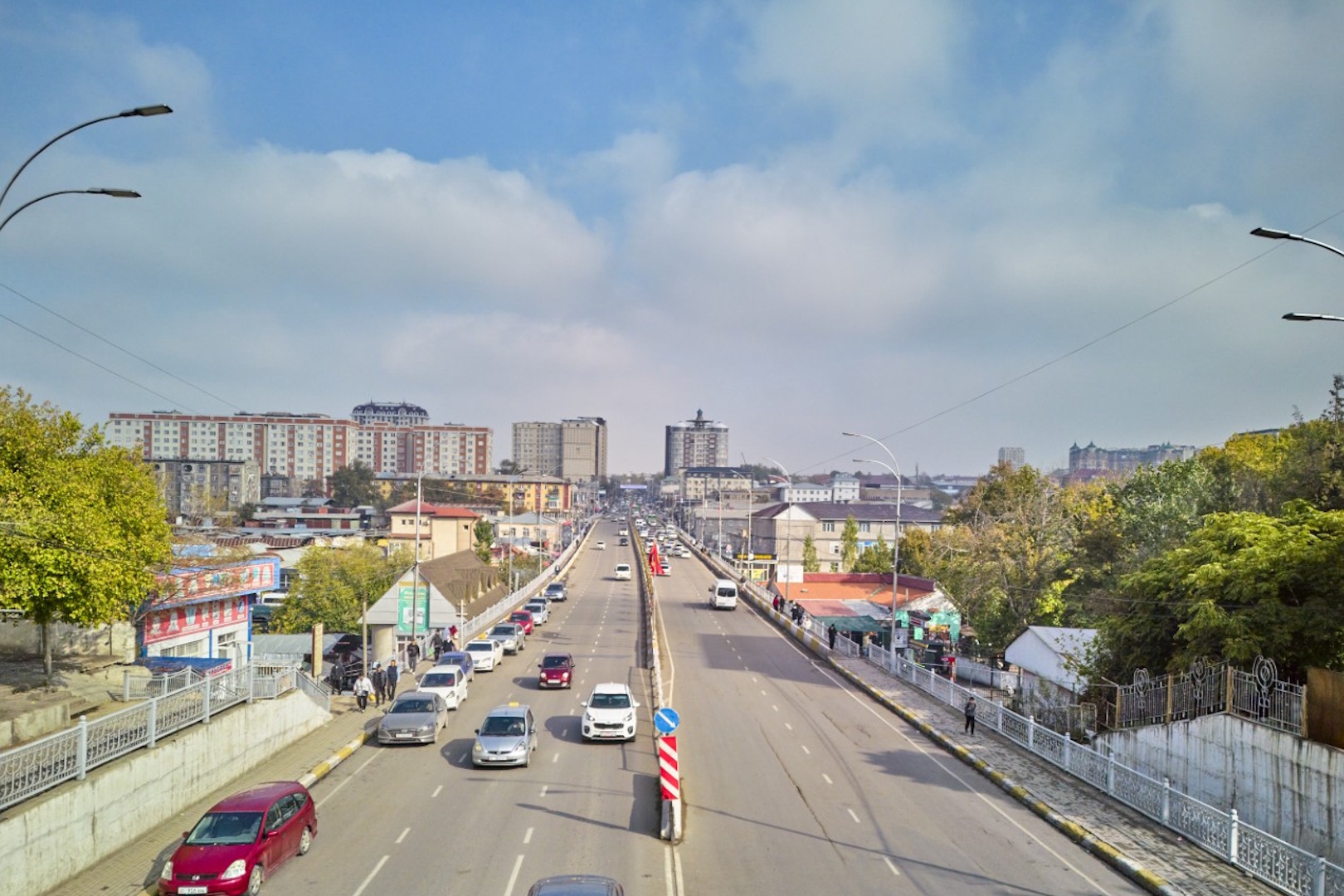
The road to the Pamirs starts in Osh!
The Pamir Highway begins in Osh! The Pamir Highway, one of the highest mountain routes in the world, is an extraordinary landmark and starts right…
-
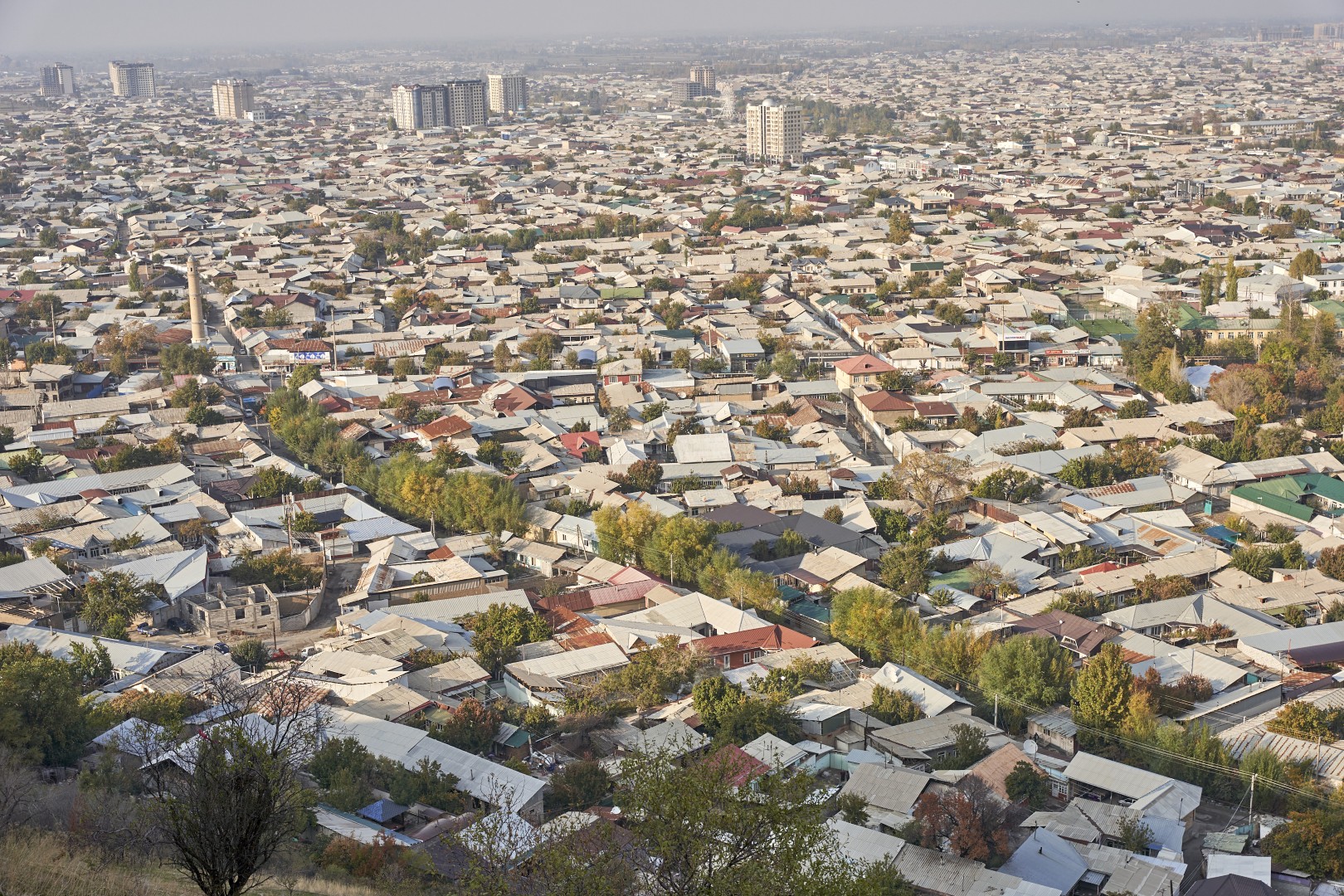
Soviet city near the Alai Mountains
Welcome to Soviet Osh! The current appearance of the city was largely formed during that period. The Second World War delayed the realization of the…
Other Locations
-

History of the Bazaar
Osh’s old bazaar dates back to the founding of the city, some three thousand years ago. Today, many of the smaller local bazaars have disappeared…
-
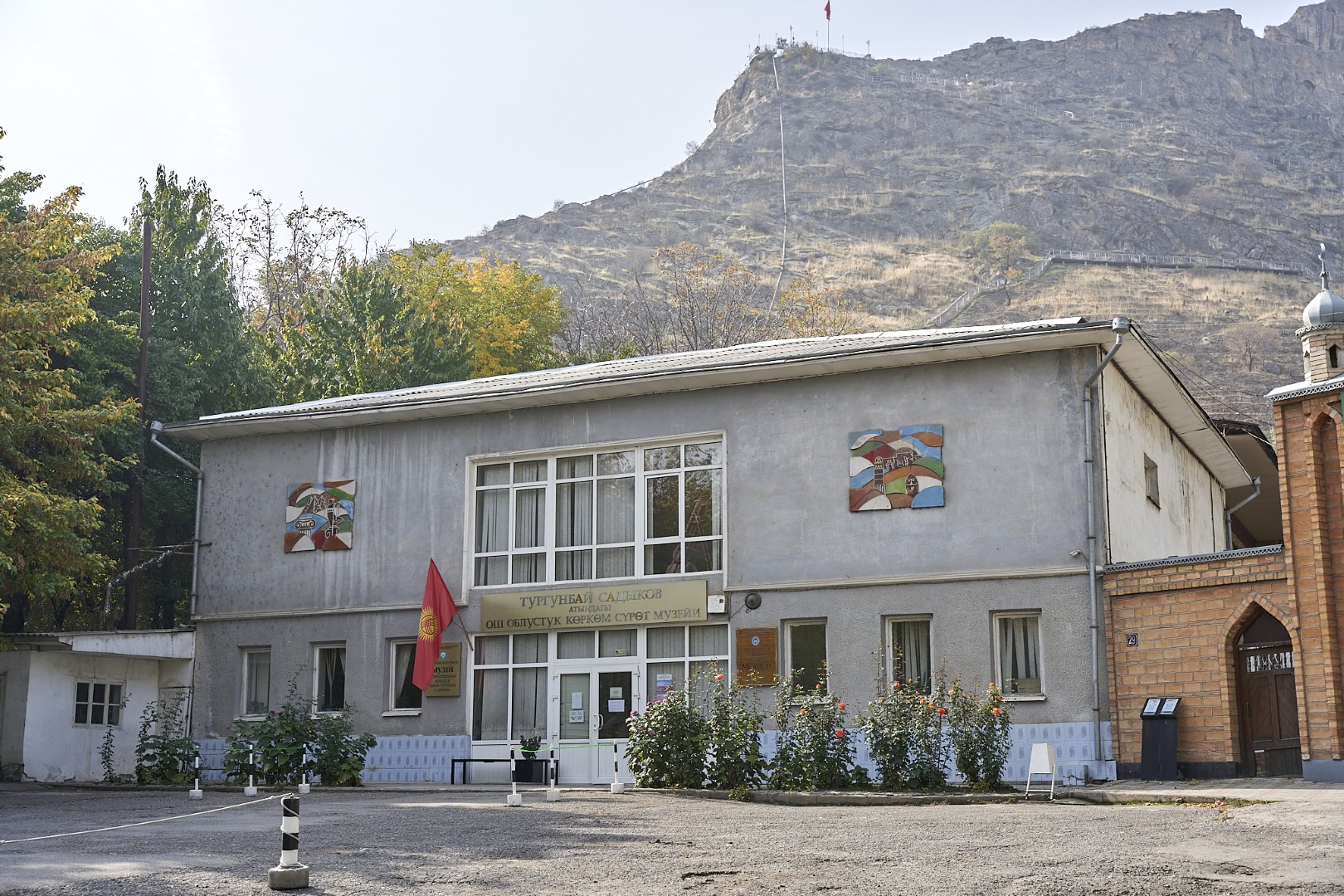
Museum of Fine Arts
The Osh Regional Museum of Fine Arts named after Turgunbai Sadykov is the newest of the local museums. It was opened in 2014 at the…
-
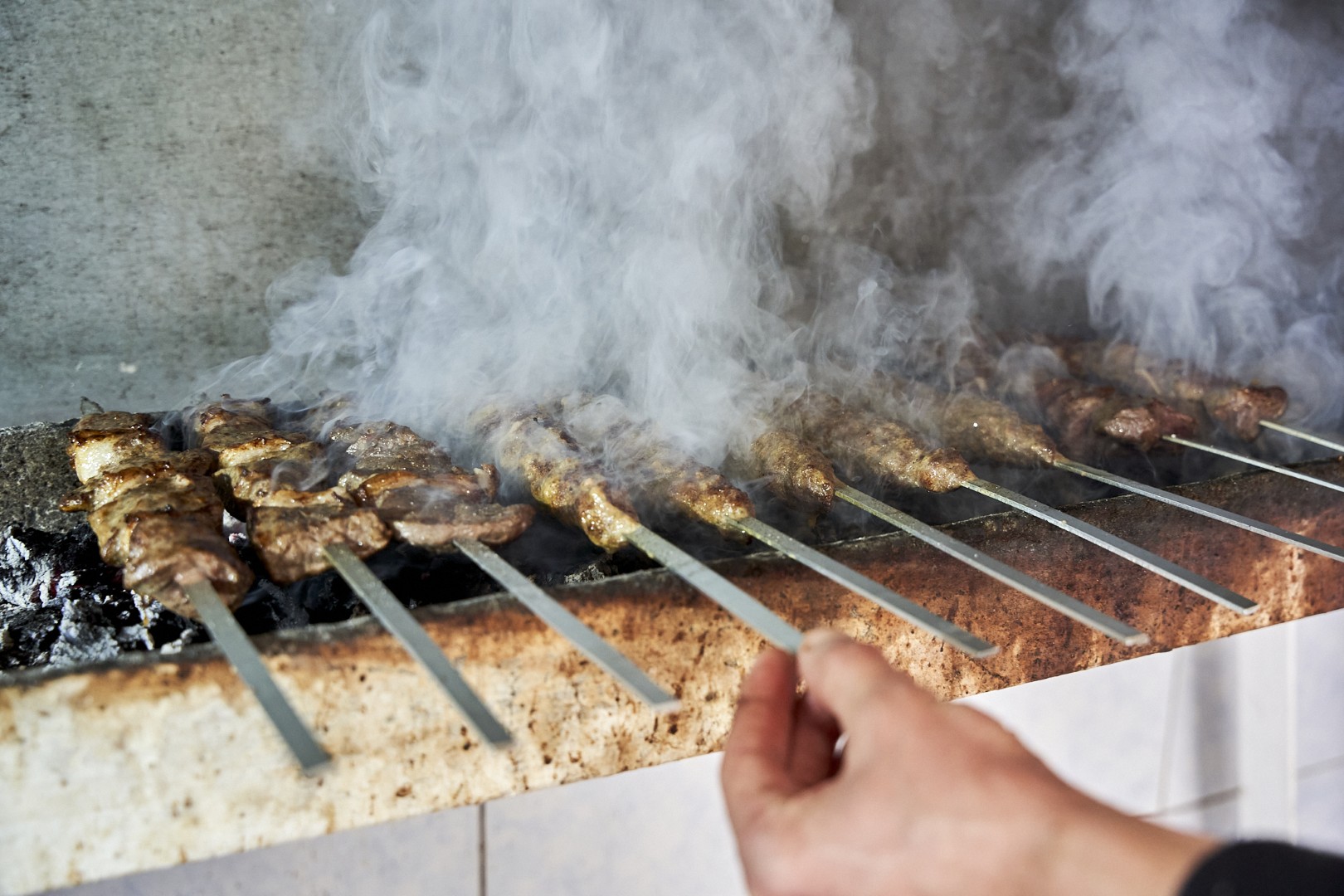
Shashlik!
Shashlik! This delicious dish, beloved all over Central Asia, is an Osh specialty for good reason. Almost every cafe offers many kinds of shashlik. There…
-

Bridges and Ak-Buura
Osh is a city of countless small bridges. Walking around the city, we often do not notice that we are crossing them, and that below…
